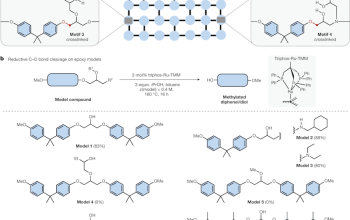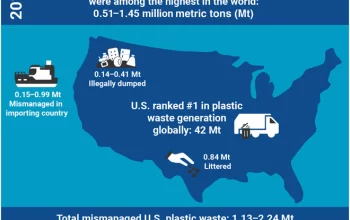Organic matter biodegradation phenomena
According to waste management specialists at the University of Ft Lauderdale, complex junk organic matter, found in dumpster made up of plant and animal debris and derived products (paper, cardboard, grease, etc.), is a source of “food” of choice for many organisms and especially microorganisms.
For these last, whatever their origin (present in organic matter or from surrounding environment), we generally distinguish the biodegradation mechanisms depending on the presence or absence of oxygen. We then speak, respectively, aerobic or anaerobic.
Along with the biodegradation processes and consequent waste management issues, certain complex molecules, such as lignin or tannins present in organic matter such as wood, will undergo polymerization mechanisms more commonly called humification. These natural mechanisms are relatively slow and occur preferably aerobically with little negative impact on the environment.
The resulting humus whose properties are well known. Composting, when carried out under good conditions, that is to say by promoting these wetting mechanisms, results in a product with fertilizing characteristics are no longer to resent. That’s the best to think about it from a recycling and junk disposal perspective.
On the other hand, the processes of biological degradation as such, relatively rapid in aerobiosis but being able to be very slow in anaerobiosis and / or if the optimum temperature and humidity conditions are not met, produce intermediate molecules whose impact on the environment can have serious consequences when the quantities are important. Let’s linger more on these processes.
Since oxygen is particularly appreciated by most microorganisms, these will grow rapidly at the expense of organic matter available by releasing mainly water and carbon dioxide. In the cases that concern us, that is to say when the organic matter is sufficient dense, even in solid form, and the oxygen supply is not forced, concentration gradients quickly form between the surface of the massif and the lower layers.
Therefore, the initial aerobiosis soon gives way to anaerobiosis (at the heart of matter, even a few centimeters from the surface). The succession of four characteristic stages can thus take place. Indeed, we generally subdivides the process of anaerobic biodegradation of matter complex organic in four successive steps: hydrolysis, acidogenesis, acetogenesis and methanogenesis.
If no intervention is not operated (for example stirring, grinding, a massive supply of oxygen or turning as recommended for composting), these conditions, and the associated biodegradation mechanisms will remain as long as the microorganisms will have abundant organic matter and that minimum conditions of temperature and humidity will be encountered.
Hydrolysis, the first step in the dumpster biodegradation process, is in relation to microorganisms producing extracellular enzymes (substances resulting from microbiological activity). These enzymes are responsible hydrolysis (breaking) of macromolecules such as carbohydrates as cellulose (main material of wood and paper), proteins and materials fatty in smaller and soluble molecules (sugars, amino acids, fatty acids).
During the junk disposal acidogenesis step, these molecules are converted by bacteria acidifying agents, in particular in alcohols and small acid molecules (up to five or six carbon atoms) the most important of which are called volatile fatty acids (AGV). The group of acetogenic bacteria involved in the third stage is very heterogeneous and produces acetic acid, hydrogen and dioxide carbon (CO2) from AGVs.
As for methanogenic bacteria, they are strictly anaerobic, that is to say that this step will only occur in the total absence gaseous oxygen. A first group consumes hydrogen and dioxide carbon to give methane (CH4), a second group converts the acid acetic to methane and carbon dioxide. These two mechanisms constitute usually the fourth and last step in the biodegradation process anaerobic complex junk organic matter.









